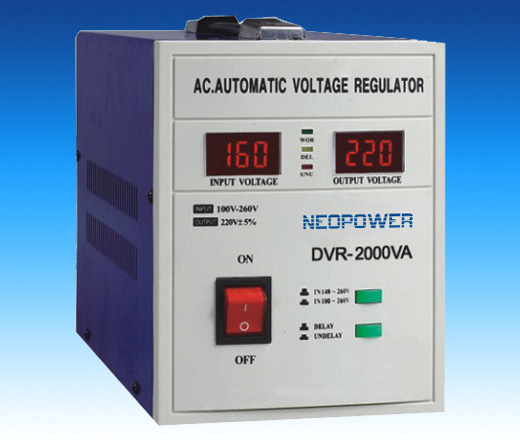

Sahm argues that when this trigger is hit, the federal government should have legislation in place that would immediately make a direct payment-which could be repeated a year later if the recession persists. In particular, she proposes that the trigger for such actions could be when "the three-month moving average of the national unemployment rate has exceeded its minimum during the preceding 12 months by at least 0.5 percentage points. The Sahm rule calls each of the last five recessions within 4 to 5 months of its actual start. The Sahm rule would not have generated any incorrect signals in the last 50 years." In another essay, Claudia Sahm proposes that along with the already-existing built-in shifts in taxes and spending, fiscal stabilizers could be designed to kick in automatically when a recession starts. In contrast, when the discretionary Obama stimulus package-American Recovery and Reinvestment Act of 2009-was signed into law in February 2019, the Great Recession had started 14 months earlier. Automatic stabilizers, mostly through the tax system and unemployment insurance, provide roughly half the stabilization, with discretionary fiscal policy in the form of enacted tax cuts and increased spending accounting for the other half."Īutomatic stabilizers are important in part because the adjustments can happen fairly quickly. They write: "Fiscal policy has been strongly countercyclical over the past four decades, with the degree of cyclicality somewhat stronger in the past 20 years than the previous 20. In one of the essays, Louise Sheiner and Michael Ng look at US experience with fiscal policy during recessions in recent decades, and find that it has consistently had the effect of counterbalancing economic fluctuations. Heather Boushey, Ryan Nunn, and Jay Shambaugh have edited a collection of eight essays under the title Recession Ready: Fiscal Policies to Stabilize the American Economy (May 2019, Hamilton Project at the Brookings Institution and Washington Center for Equitable Growth).

So when the next recession comes, monetary policy will be limited in how much it can reduce interest rates before those rates hit zero percent, and will instead need to rely on nontraditional monetary policy tools like quantitative easing, forward guidance, and perhaps even experiments with a negative policy interest rate. But interest rates are lower around the world for a variety of reasons, and the federal funds interest rate is now at 2.5%. Might it be possible to redesign the automatic stabilizers of tax and spending policy in advance so that they would offer a quicker and stronger counterbalance when (not if) the next recession comes? The question is especially important because in past recessions, the Federal Reserve often cut the policy interest rate (the "federal funds" interest rate) by about five percentage points.


 0 kommentar(er)
0 kommentar(er)
